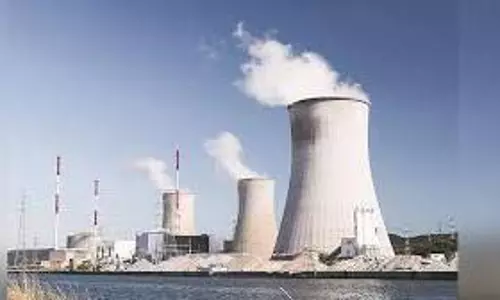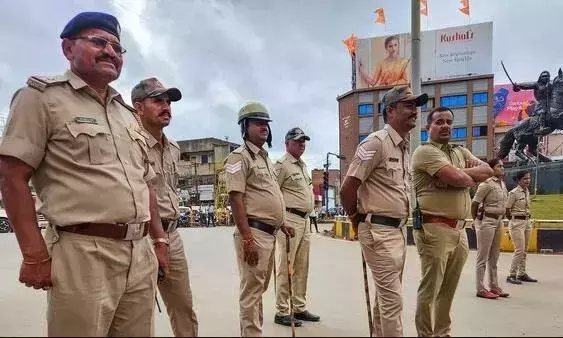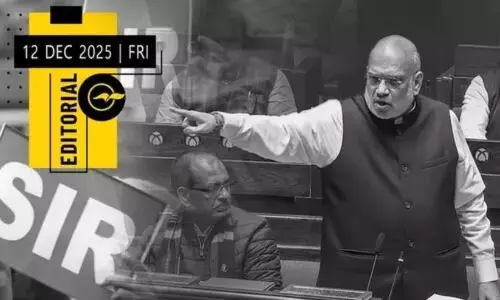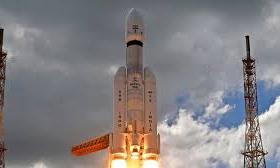
Chandrayaan 3: Lander Vikram shares first moon images after detaching from spacecraft
text_fieldsBengaluru: The lander module of Chandrayaan-3, named Vikram, has transmitted its initial images of the moon following a successful manoeuvre that brought it closer to its lunar destination.
The Indian Space Research Organisation (ISRO) unveiled these captivating moon images captured by the Lander Imager (LI) Camera-1, which it shared on the X platform, previously known as Twitter. The photo montage showcases various lunar craters, including the Giordano Bruno crater, recognised as one of the youngest large craters on the moon.
The LI Camera-1 also captured images of the Harkhebi crater, with an approximate diameter of 43 km. These images were taken subsequent to the lander's successful separation from the spacecraft's propulsion system on the preceding day.
ISRO humorously tweeted, "Thanks for the ride, mate," playfully imagining a conversation between the lander module and the spacecraft. Following this detachment, the module is slated to descend to a lower orbital altitude via a deboosting manoeuvre, aimed at slowing its pace and bringing it into closer proximity to the moon.
In this current phase, the Lander Module has been positioned in an orbit characterised by Perilune (the closest point to the moon) at 30 kilometres and Apolune (the farthest point from the moon) at 100 km.
On the horizon, the lander is gearing up for a "soft landing" attempt on the moon's south polar region scheduled for August 23. In contrast, the propulsion module will continue to encircle the moon, studying the Earth's atmosphere and collecting signatures of exoplanets with potential habitability.
After the successful lunar touchdown and the settling of lunar dust, the 'Pragyaan' rover, situated within the Vikram Lander, is anticipated to embark on its journey across the lunar surface. The lander will also capture images of the rover as they mutually explore the moon's terrain.
Subsequent to the moon landing, the rover will diligently gather data about the moon's surface composition and geology, potentially paving the way for groundbreaking research endeavours.























